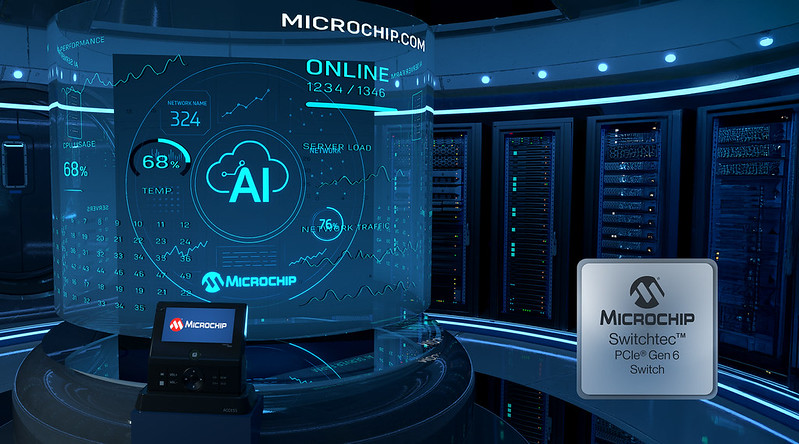Sunnyvale, CA–January 3, 2012–Maxim Integrated Products Inc. (NASDAQ: MXIM) introduces the MAX44000, a digital ambient-light and infrared proximity sensor that detects light like a human eye. Designed using the company’s proprietary BiCMOS technology, this IC integrates three optical sensors, two ADCs, and digital functionality into a tiny 2mm x 2mm x 0.6mm package. This integration saves valuable board space while delivering optical fusion and unparalleled light-sensing performance.
The MAX44000 also consumes very low power: only 5µA when the ambient sensor is enabled, and only 7µA when both the proximity sensor and ambient light sensor are activated. This low-power usage significantly extends an application’s battery life. The MAX44000 is ideal for touch-screen applications, including smartphones, portable devices, industrial sensors, and presence detection.
When a smartphone is brought up to a user’s face, the touch screen must be shut off to prevent inadvertent touches that may disrupt the call. Thus a proximity sensor is crucial, so the phone can “sense” an object is within a certain distance during a call or any other preset event. Once a sensed signal is received, it is run through a DC ambient, infrared (IR) rejection front-end circuit and sent to an ADC. This process allows the MAX44000 to operate in the presence of large amounts of DC IR radiation. By using a single-pulse technique for pulsing the external IR LED, the sensor is immune to fixed-frequency external IR radiation. This immunity leads to more reliable sensor operation.
Traditional light sensors are strongly influenced by ultraviolet (UV) and IR light, which are not perceptible by the human eye. Sensing this light leads to inaccurate ambient-light readings. Maxim’s BiCMOS technology enables the integration of the two photodiodes and an optical filter to reject UV and IR light. This allows the MAX44000 to replicate the optical response of the human eye in a variety of environments.
Additional Information
Designed for the tight space requirements of portable systems, the MAX44000 is offered in a lead-free, 2mm x 2mm x 0.6mm, 6-pin UTDFN-Opto-EP package. The part operates between -40°C to +105°C to enhance system robustness. Prices start at $1.65 (1000-up, FOB USA). For more information please visit:http://www.maxim-ic.com/landing/index.mvp?lpk=618.
About Maxim Integrated Products
Maxim makes highly integrated analog and mixed-signal semiconductors. Maxim reported revenue of approximately $2.5 billion for fiscal 2011. For more information, go to www.maxim-ic.com.




